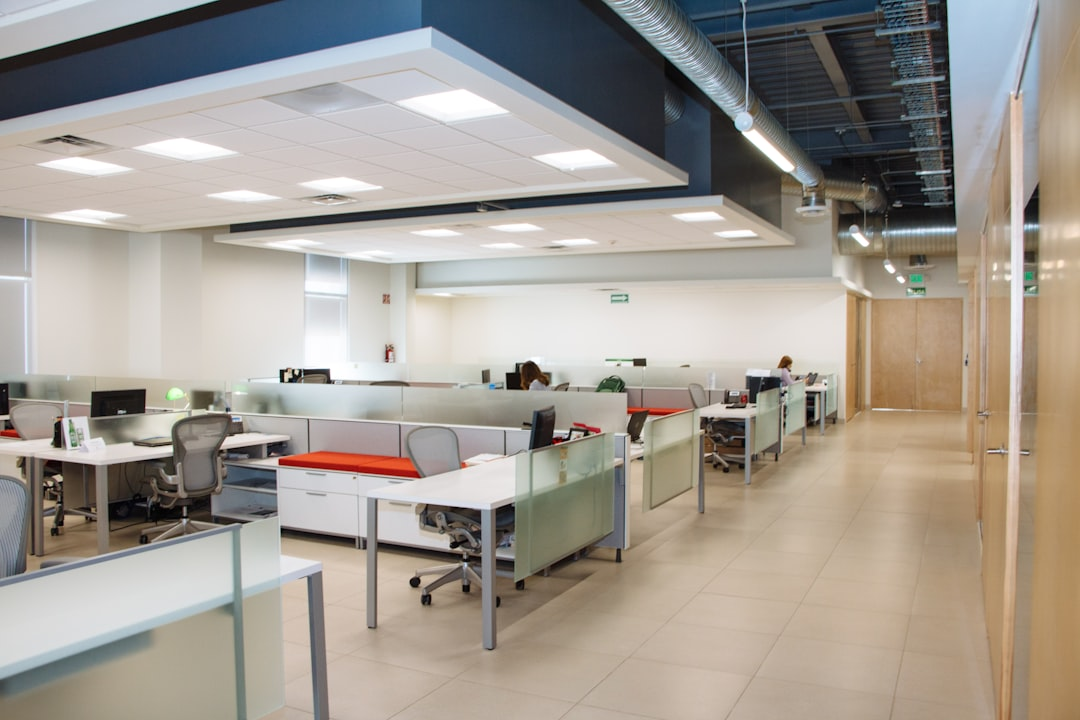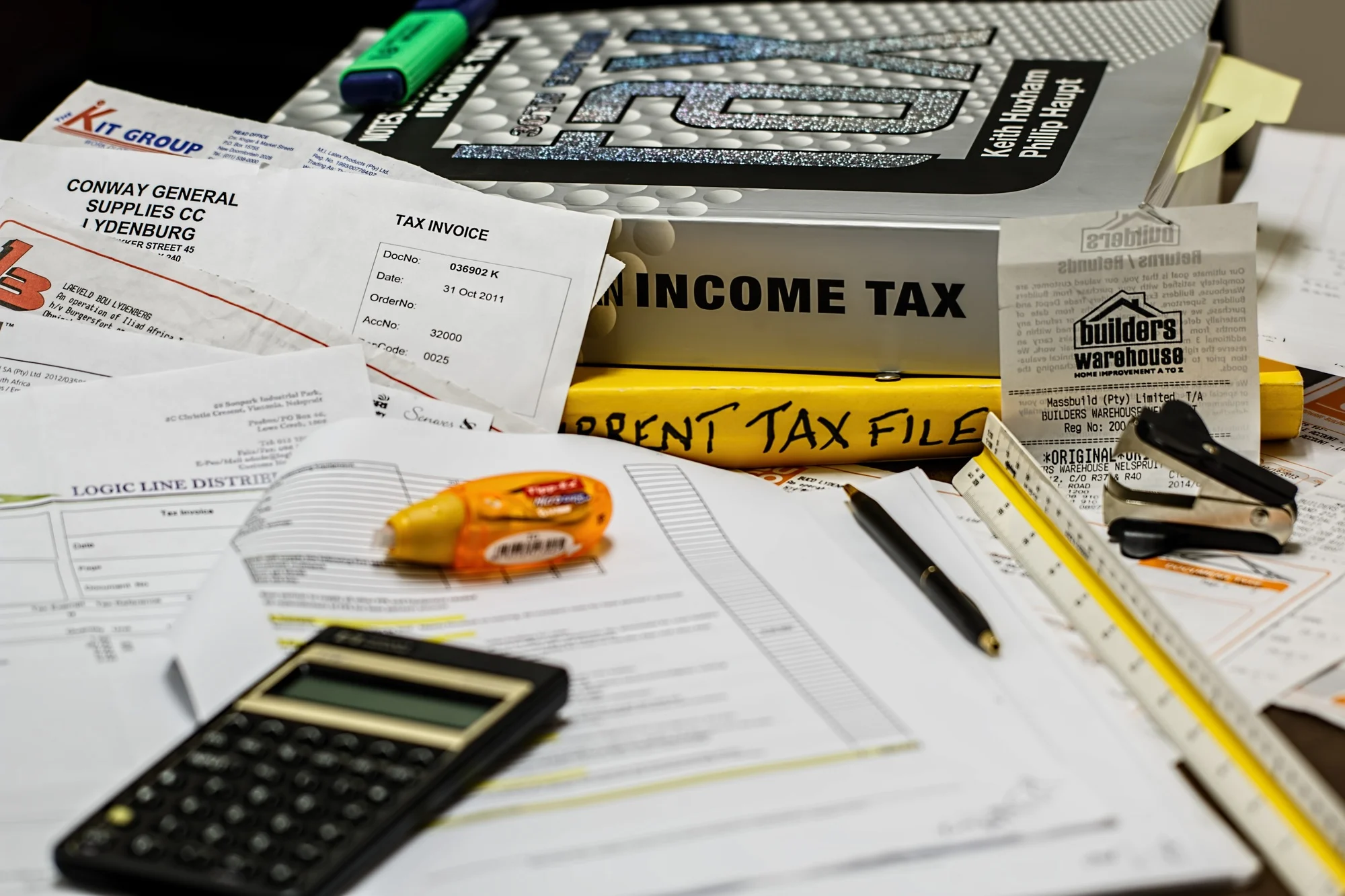No matter the size of your business or industry, you may own assets that help you earn income. These assets range from office equipment and furniture to industrial machinery and commercial vehicles. However, many business owners need to be aware of a valuable tax relief called capital allowances that can help them save money on their annual tax bills.
Capital allowances can provide significant tax savings for your business, depending on the type of assets you own. If you’re not already taking advantage of this tax relief, here’s why you should consider utilizing capital allowances:
Reduce Your Tax Liability
Capital allowances function by allowing you to deduct the value of certain assets from your profits before you pay tax. This deduction can significantly lower your taxable income, thus reducing your overall tax liability. For instance, if your business has invested in new machinery or office refurbishments, these expenditures can be offset against your profits through capital allowances, effectively decreasing the tax you owe to the government.
However, navigating the complexities of capital allowances can be daunting for many business owners. It’s recommended that you enlist the help of capital allowance specialists who can accurately identify and claim all eligible assets on your behalf, ensuring you receive the maximum tax savings possible. As a business owner, your time is precious and better spent focusing on running and growing your business.
Improve Cash Flow
By maximizing capital allowances, business owners can significantly enhance their cash flow. This financial relief comes from reducing tax liabilities, allowing businesses to retain more of their hard-earned money. The immediate benefit is more available cash, which can be reinvested in the business for expansion, used to improve operations or bolster the financial buffer during lean periods. This is especially beneficial during economic uncertainty or when the business faces unexpected expenses.
For example, claiming capital allowances on new equipment makes the initial investment less burdensome by reducing the cost through tax savings. This makes it easier for businesses to upgrade technology, facilities, or vehicles, staying competitive and efficient. Improved cash flow from these allowances helps cover operational costs, such as payroll or rent, without straining finances. It’s a domino effect: lower taxes lead to better cash flow, supporting business stability and growth.
Claim on a Wide Range of Assets
Capital allowances offer a key benefit by applying to a wide range of assets, providing flexibility for businesses in various sectors. These allowances can be claimed on tangible capital expenses—practically anything purchased or used for business operations. This broad eligibility covers office furniture, computer equipment, machinery, business vehicles, and significant building work like extensions or modifications for business needs.
The breadth of assets eligible for capital allowances means that many businesses, regardless of size or industry, are likely sitting on unclaimed tax relief without even realizing it. It’s about more than just the obvious, large-scale purchases. Smaller investments, often overlooked, can also accumulate significant benefits over time. For example, the cost of fitting out a new office, from the desks and chairs to the IT infrastructure, can reduce your taxable profit.
Claim Retroactively
The benefits of capital allowances don’t just apply to current or future investments. Business owners can also claim that past expenditures they may have overlooked or yet to realize were eligible for capital allowances. This means you could be entitled to significant tax refunds for previous years, giving your business an unexpected and timely financial boost.
However, it’s essential to note that there are time limitations for claiming retroactively, so it’s crucial to be proactive and seek professional help to identify any unclaimed capital allowances from previous tax years. With the assistance of capital allowance specialists, you can ensure that your business is taking advantage of all available tax relief opportunities.
Encourage Investment in Business Growth
Capital allowances reduce tax bills and spur growth, encouraging business owners to invest in their operations confidently. Knowing purchases will offset profits makes modernizing equipment, expanding facilities, or investing in technology less intimidating. This approach is crucial for competitiveness and meeting customer needs. Capital allowances transform investments into opportunities for expansion and innovation, offering immediate savings and long-term growth.
This tax relief shows government support for business innovation. Capital allowances let business owners reinvest savings into their teams and development, promoting continuous improvement. It’s more than just fiscal benefits; it’s about building a sustainable future. Capital allowances are key in driving business growth forward.
Compatibility with Other Tax Incentives
In the hustle and bustle of running a business, it’s easy to get lost in the day-to-day challenges and forget about the bigger picture. That’s where the beauty of capital allowances lies – they can be used in conjunction with other tax incentives, such as research and development (R&D) tax credits or the Patent Box scheme. Combining these reliefs can result in even more significant tax savings for your business.
For example, if you claim R&D tax credits for innovative projects, you may also be eligible to claim capital allowances on the equipment or machinery used in these projects. This can further reduce your tax liability, providing a double benefit for your business. Exploring and utilizing all available tax incentives is crucial to maximize your tax savings and keep more money in your business.
Simplify Asset Disposal
Capital allowances can also provide benefits when it comes time to dispose of assets. Any equipment or machinery sold, scrapped, or otherwise disposed of may be eligible for a “balancing charge” or “balancing allowance.” This means that the asset’s sale proceeds or scrap value will either be added to your taxable profits or deducted from it, further reducing your tax liability.
Leveraging capital allowances can streamline asset disposal, ensuring you maximize potential tax benefits. This relief notably eases the burden of asset disposal, safeguarding your business’s financial health. Maintaining precise records of asset disposals and consulting with professionals to balance charges or allowance claims are crucial.
Utilizing capital allowances is a valuable strategy for reducing your business’s tax liability and improving cash flow. Business owners must know this tax relief and understand how it can benefit their businesses. By taking advantage of capital allowances, you can save money on your annual taxes and encourage investment in your business growth, leading to long-term success. Consider consulting a tax professional to explore how capital allowances can save your business thousands of pounds each year.

































